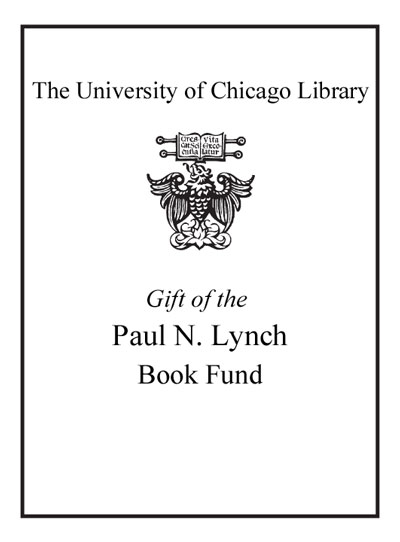Handbook of learning disabilities /
Saved in:
| Imprint: | New York : Guilford Press, c2003. |
|---|---|
| Description: | xvii, 587 p. : ill. ; 26 cm. |
| Language: | English |
| Subject: | |
| Format: | Print Book |
| URL for this record: | http://pi.lib.uchicago.edu/1001/cat/bib/4863236 |
Table of Contents:
- I. Foundations and Current Perspectives
- 1. Overview of Foundations, Causes, Instruction, and Methodology in the Field of Learning Disabilities
- 2. A Brief History of the Field of Learning Disabilities
- 3. Classification and Definition of Learning Disabilities: An Integrative Perspective
- 4. Learning Disabilities and the Law
- 5. Learning Disability as a Discipline
- 6. English-Language Learners with Learning Disabilities
- 7. Searching for the Most Effective Service Delivery Model for Students with Learning Disabilities
- II. Causes and Behavioral Manifestations
- 8. Attention: Relationships between Attention-Deficit/Hyperactivity Disorder and Learning Disabilities
- 9. RAN's Contribution to Understanding Reading Disabilities
- 10. Basic Cognitive Processes and Reading Disabilities
- 11. Memory Difficulties in Children and Adults with Learning Disabilities
- 12. Learning Disabilities in Arithmetic: Problem-Solving Differences and Cognitive Deficits
- 13. Language Processes: Keys to Reading Disability
- 14. Self-Concept and Students with Learning Disabilities
- 15. Neurological Correlates of Reading Disabilities
- 16. Genetic Influences on Reading and Writing Disabilities
- III. Effective Instruction
- 17. Effective Remediation of Word Identification and Decoding Difficulties in School-Age Children with Reading Disabilities
- 18. Teaching Text Structure to Improve Reading Comprehension
- 19. Enhancing the Mathematical Problem Solving of Students with Mathematics Disabilities
- 20. Students with Learning Disabilities and the Process of Writing: A Meta-Analysis of SRSD Studies
- 21. Preventing Written Expression Disabilities through Early and Continuing Assessment and Intervention for Handwriting and/or Spelling Problems: Research into Practice
- 22. Science and Social Studies
- IV. Formation of Instructional Models
- 23. Cognitive Strategies Instruction Research in Learning Disabilities
- 24. Direct Instruction
- 25. Cooperative Learning for Students with Learning Disabilities: Evidence from Experiments, Observations, and Interviews
- 26. Identifying Children at Risk for Reading Failure: Curriculum-Based Measurement and the Dual-Discrepancy Approach
- 27. The Sociocultural Model in Special Education Interventions: Apprenticing Students in Higher-Order Thinking
- V. Methodology
- 28. Exploratory and Confirmatory Methods in Learning Disabilities Research
- 29. Designs for Applied Educational Research
- 30. The Methods of Cluster Analysis and the Study of Learning Disabilities
- 31. Neurobiological Indices of Dyslexia
- 32. What Have We Learned about Learning Disabilities from Qualitative Research?: A Review of Studies

